Nuclear radiation is everywhere. At this moment, byproducts of cosmic rays are raining down on you from the galaxy, neutrinos produced in the Sun are piercing your body by the trillions, and nuclear particles from everyday sources in rocks, air, food, and water are bombarding you from all directions. If you had a supersensitive “Geiger counter” that picked up all nuclear particles, it would chirp nonstop.
Full Description
Yet despite this continuous exposure, “radiation” is a term that evokes worry and even panic. There are sources of radiation to be concerned about, but true vigilance lies in understanding the physics of the atomic nucleus—an endlessly interesting structure that defines the universe we live in.
Then, of course, there are nuclear weapons, which have arguably kept a fragile peace since the end of World War II, but which also threaten civilization with an unparalleled cataclysm. All of these insights, benefits, and dangers trace to an inconceivably tiny subatomic structure that was unknown until a century ago.
Covering the science, history, hazards, applications, and latest advances in the field, Nuclear Physics Explained is your guide to a subject that is rarely presented at a level suitable for non-scientists. In these 24 eye-opening, half-hour lectures, Professor Lawrence Weinstein of Old Dominion University begins by bringing you straight into the sometimes mind-bending ideas of nuclear physics, and then takes you into the Thomas Jefferson National Accelerator Facility to explain the awe-inspiring machines at the forefront of nuclear research—machines he is using in his own work. Then, the second half of the course—watchable separately but deepened by your engagement with key principles and methods from the first half—explores the many scientific and technological applications of nuclear physics, e.g., understanding accelerators in the first half deepens your understanding of nuclear medicine in the second half.
Throughout these lectures, Dr. Weinstein shows how nuclear physicists think, analyzing problems in a rapid, off-the-cuff style that dispenses with exact numbers in favor of rounding, making the math in the course easy to follow for anyone familiar with exponential notation. Viewers will find Dr. Weinstein’s presentation clear, enthusiastic, and tinged with humor. Plus, Nuclear Physics Explained is richly illustrated with diagrams, charts, and computer animations, as well as lab demonstrations that bring the nuclear realm alive.
Move beyond Three-Mile Island
An astonishingly productive field, nuclear physics accounts for such diverse phenomena and applications as these:
Particle physics and beyond: The gigantic instruments often called “atom smashers” are in fact probes of nuclear and other subatomic matter, revealing not only the fundamental constituents of nature, but also how they combine.
Astrophysics and cosmology: Nuclear physics not only explains how atoms work but also how stars shine—and why they sometimes explode. It also gives insight into the birth and evolution of the universe.
Medical tools and treatments: Nuclear processes make possible a wide range of medical imaging tools, such as X-ray, CT scan, PET scan, and MRI, as well as treatments for killing cancer cells.
Nuclear power: The energy released from nuclear fission provides 20 percent of the electricity generated in the US, and a much larger fraction in countries such as France and Sweden.
For many people, nuclear physics is inextricably linked to the reactor meltdowns at Three Mile Island in the U.S., Chernobyl in the Soviet Union, and Fukushima in Japan. Dr. Weinstein investigates these costly power-plant disasters, which led to acute radiation deaths in the case of Chernobyl, but otherwise far less of a radiation impact on public health than was feared at the time. He details the lessons from the mishaps and looks ahead to the new generation of reactors that can be operated more safely, cheaply, and with less nuclear waste and risk of proliferation. He also explores the challenge of harnessing an even more potent nuclear process: fusion.
Look inside the Nucleus
The key to understanding nuclear physics is knowing what goes on inside the nucleus. Here, Dr. Weinstein takes the mystery out of a notoriously arcane subject, explaining such key concepts as:
Protons and neutrons: An atom’s central core, or nucleus, consists of positively charged protons and neutral neutrons (except for hydrogen, which has a single proton), held together by a short-range, but very strong, nuclear force. Surrounding the nucleus is a cloud of negatively charged electrons.
Elements and isotopes: Elements are the 92 naturally occurring atoms, each with a unique number of protons. The number of neutrons may vary, and these different forms of the elements are called isotopes, which may be unstable. The element tin has 10 stable isotopes, uranium has none. There are over 3,000 confirmed isotopes, with more created all the time.
Radioactivity: Unstable isotopes are prone to disintegrate, releasing high-energy alpha particles (helium nuclei), beta particles (electrons or positrons), or gamma rays (high-frequency light waves). These are the primary forms of nuclear radiation.
Dr. Weinstein delves deeply into what binds protons and neutrons together, how both are made of different types of quarks, how the curve of binding energy explains processes of both fission and fusion, other types of radioactive decay, and the enormous utility of a two-dimensional graph of isotopes called the table of nuclides, which he presents in a colorful, easy-to-read chart.
How do we know all this? Dr. Weinstein answers this question with a fascinating four-lecture tour of the impressive electron linear accelerator and research halls at the U.S. Department of Energy’s Thomas Jefferson National Accelerator Facility in Newport News, Virginia, which Dr. Weinstein knows inside and out. Later in the course, he takes you to the nearby Hampton University Proton Therapy Institute to witness the medical application of nuclear physics for targeting cancer cells with precision.
Risks and Rewards
Precision is vital with medical radiation so that healthy cells are not harmed. This underscores the risks as well as the benefits of radioactivity. Nuclear Physics Explained covers exactly what types of radiation are dangerous and which are less hazardous, including:
Radium: In the early 20th century, women painting luminous numbers on watches ingested dangerous amounts of radium by “pointing” brushes with their lips. Wearing a watch with a radium dial poses little if any risk, but ingesting radium can be lethal.
Radon: A radioactive gas, radon is a natural decay product of uranium and thorium in the Earth’s crust. It can concentrate in mines and basements in certain geological regions, where it is easily inhaled. Radon is the leading cause of lung cancer among non-smokers.
“Dirty” bombs: A hypothetical “dirty” bomb uses conventional explosives to disperse radioactive material. Anyone exposed would need to leave the area, remove potentially contaminated clothes, and shower, but the results would be more scary than harmful.
Bananas: Bananas are mildly radioactive, though not dangerous, due to their potassium content, which includes a tiny percentage of a naturally occurring radioactive isotope. The “banana equivalent dose” is a humorous way to quantify the radioactivity around us.
You’ll finish Nuclear Physics Explained by looking at how radiation reveals hidden worlds in space and time. For example, ratios of different isotopes can be used to date everything from human artifacts to continental collisions; gamma-ray and neutrino telescopes chart the most energetic and distant events in the cosmos; and cosmic rays—that ever-present rain of radiation from space—can be harnessed to analyze the structure of ancient buildings, such as the Great Pyramids. These examples and countless other applications show that nuclear physics is a versatile tool like no other.
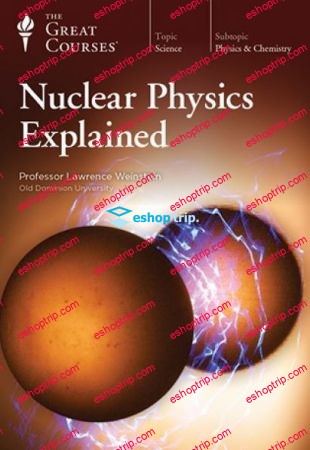
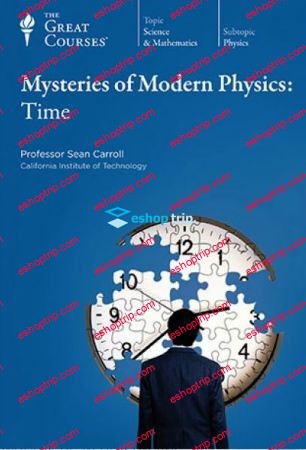
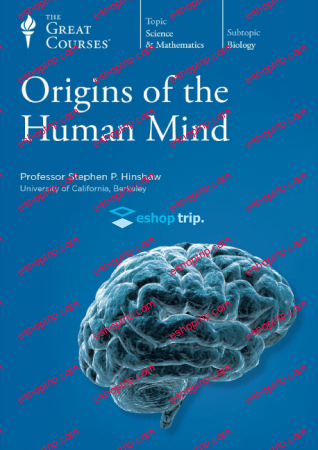

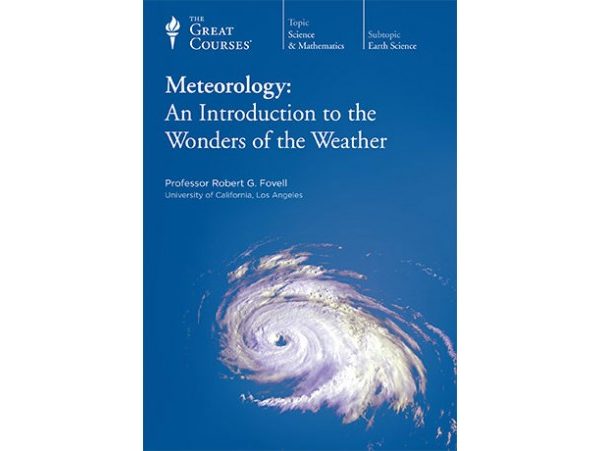
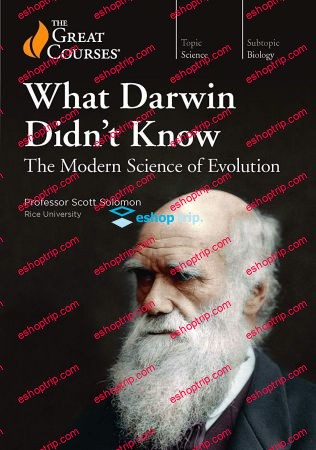
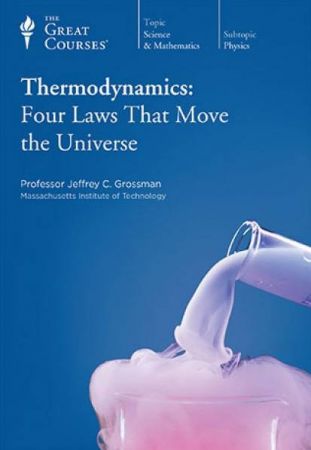




Reviews
There are no reviews yet.